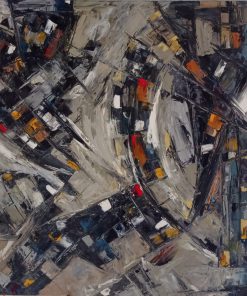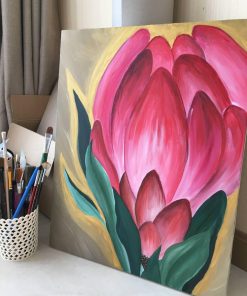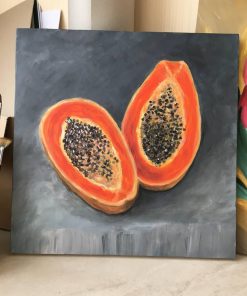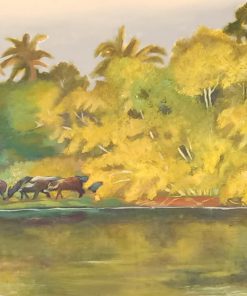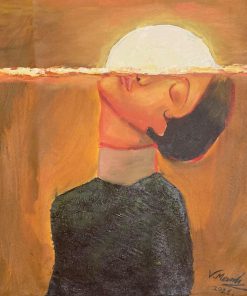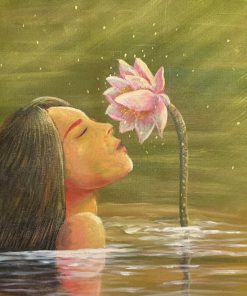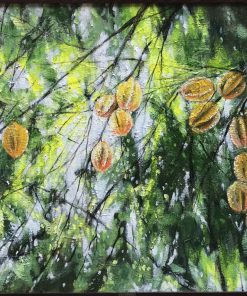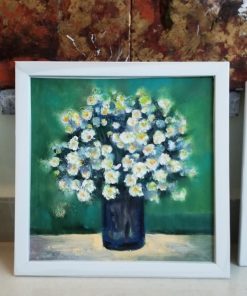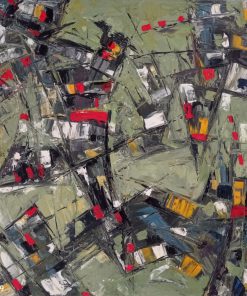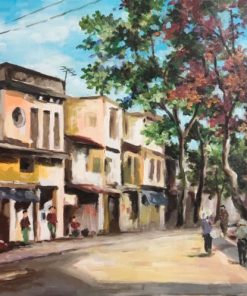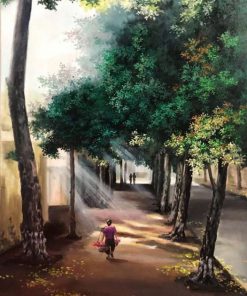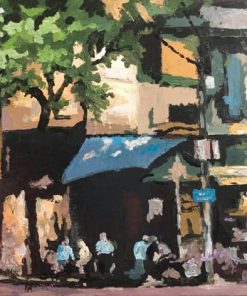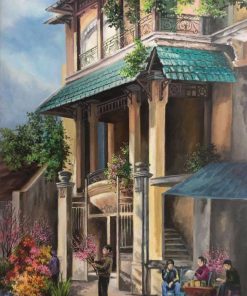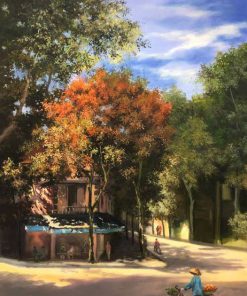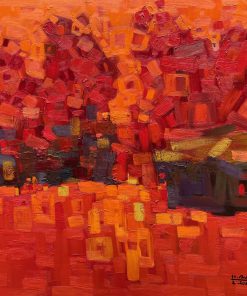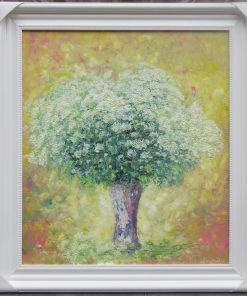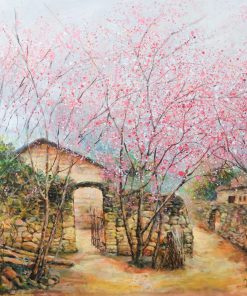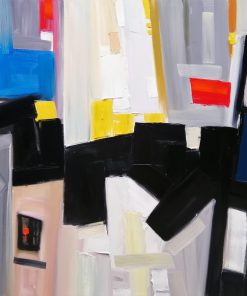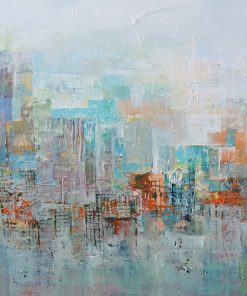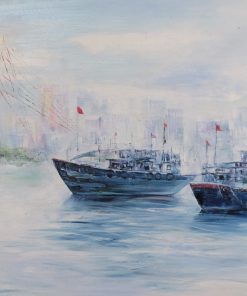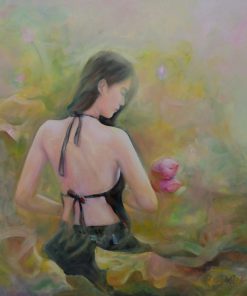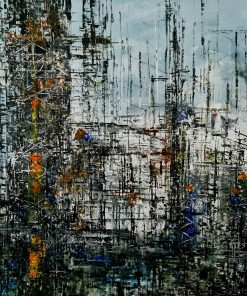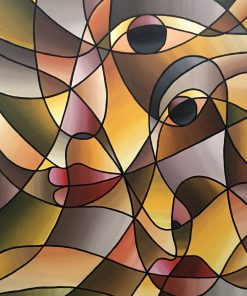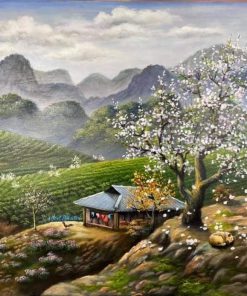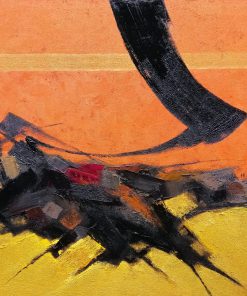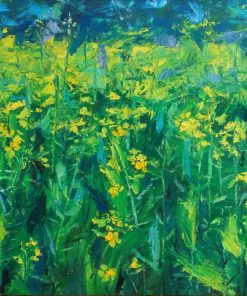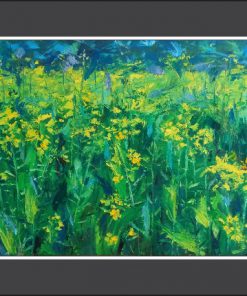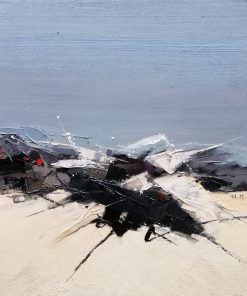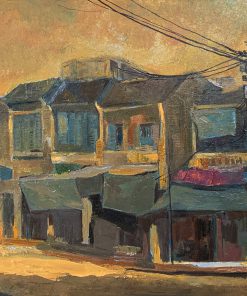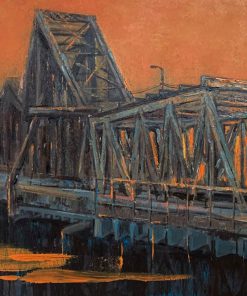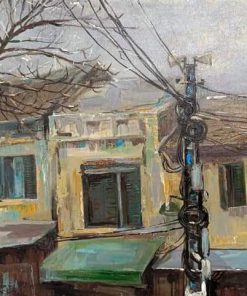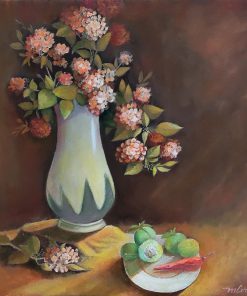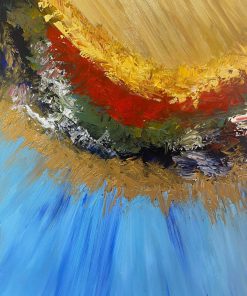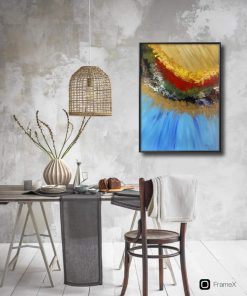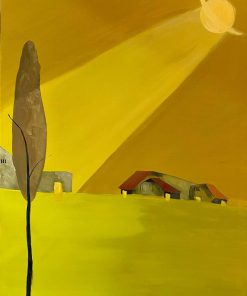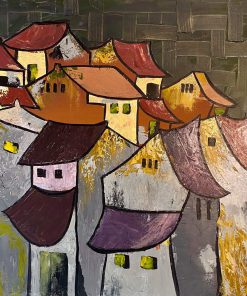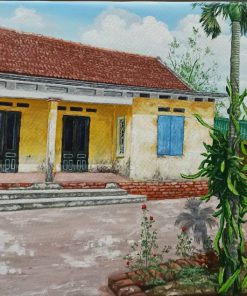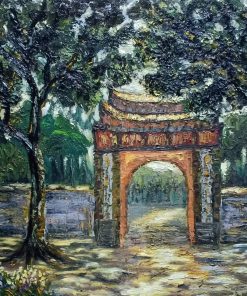What oils are used in oil paintings?
Unlike Tempera, acrylic, watercolor or gouache, which all dry by evaporation, oil paints dry by oxidation, that is, the oil reacts chemically with oxygen in the air and gradually gradually changes from liquid to gel and finally becomes hard.
What types of oils are used in oil paintings?
The most common oil used in oil painting is linseed oil because (unlike other vegetable oils like olive or canola) it dries by oxidation. Flaxseed oil isn't the only (or siccative) oil: safflower, poppy, or walnut oils can also be used, depending on brightness, drying time, and other effects required. of the painter. However, linseed oil tends to dry faster and, in the process, forms a more flexible film of paint that can be reworked more easily. Also note, pigments don't dry at the same rate: coal-black oil paints, for example, tend to dry more slowly while red/yellow soils harden much faster.
How is oil paint made?
Today, very few painters use oil paints in a manual concoction. They prefer oil paints from reputable and famous brands. Anyhow, the basic manufacturing process is relatively similar. The first is the grinding of pigments in the oil. The paste is thoroughly ground to disperse the colored particles throughout the mixture. Then thinner and perhaps an additional siccative (drying agent) is added.
What are the advantages of oil paint?
The main advantages of oil paint are flexibility and depth of color. They can be applied in a variety of ways, from thin enamels diluted with turpentine to dense impasto. Because it dries slowly, painters can keep painting for much longer than with other paints. This provides greater opportunities for blending and layering. Oil also allows artists to create a richer range of colors as well as a wide range of tonal transitions and shades. In fact, the oil color does not change significantly after drying, and can produce both opaque and transparent effects, as well as matte and glossy finishes. In the hands of master painters, they can create stunning effects of light and color and much greater realism with oil paint.

